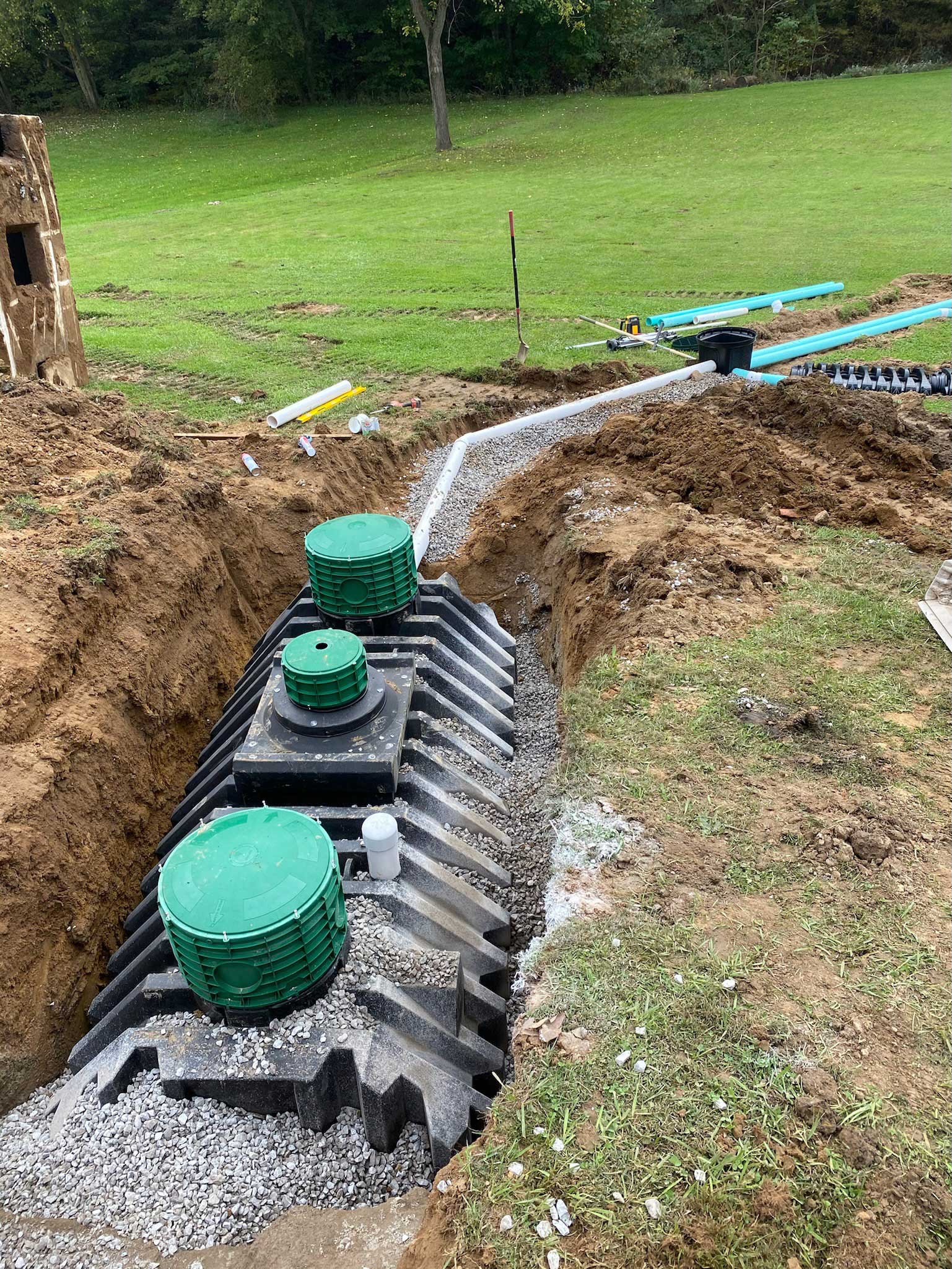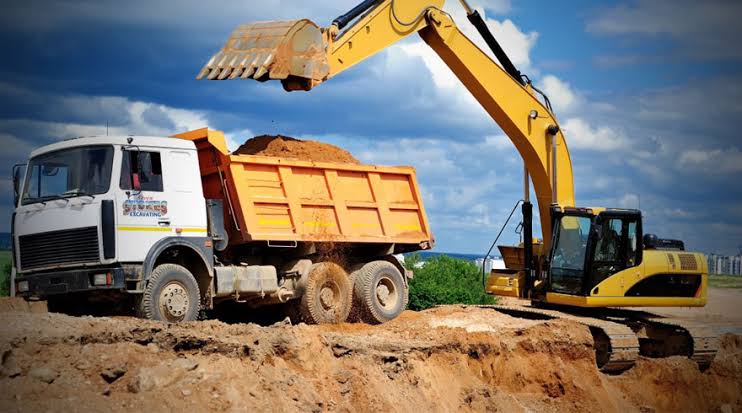Unveiling the Art of Excavation: Pro Tips for Safe and Productive Excavating
As soil is turned and earth is relocated, the ins and outs of excavation reveal themselves, requiring a keen understanding of devices, dirt composition, safety and security methods, and ecological factors to consider. The proficiency needed to navigate these elements successfully can mean the difference between a successful excavation task and a prospective calamity.
Significance of Correct Tools
To make certain the safety and efficiency of any excavation task, using the proper tools is critical. The right tools not only boost productivity however also minimize threats related to excavating. Excavation tasks differ in range and intricacy, varying from little household landscaping jobs to large building and construction endeavors. No matter the job dimension, having the correct equipment can make a significant difference in the result.
These versatile makers come in different sizes to fit various project requirements. Tiny excavators are excellent for smaller jobs, while bigger excavators tackle a lot more considerable jobs efficiently.
Besides excavators, various other crucial devices includes dump excavators, trenchers, and vehicles. Dump vehicles are vital for eliminating and moving excavated materials, while plates are utilized for excavating deep and slim trenches. Bulldozers master jobs that require pushing large quantities of soil or particles. By purchasing the suitable tools, excavation projects can be finished securely, on schedule, and with accuracy.
Understanding Soil Structure
A detailed understanding of dirt composition is fundamental for executing excavation jobs with precision and safety and security. Understanding the different sorts of dirt is crucial as it directly affects excavation techniques, tools option, and overall job effectiveness. Dirt make-up typically includes four primary elements: sand, silt, clay, and raw material. Each part has unique residential or commercial properties that influence exactly how dirt responds to excavation procedures.
Sand fragments are the largest and provide excellent water drainage yet use little cohesion. Silt particles are smaller than sand yet bigger than clay, supplying modest drain and cohesion. Clay fragments are the tiniest and supply high cohesion but inadequate water drainage. Raw material, such as decaying plant material, influences dirt fertility and stability.
Before commencing excavation, conducting dirt tests to determine its make-up and attributes is necessary. This info helps in picking the ideal devices, applying safety and security measures, and developing excavation strategies customized to the certain dirt conditions - excavating ohio. By comprehending soil composition, excavation specialists can enhance project results while making certain security and adherence to best techniques
Precaution and Methods
Recognizing dirt structure is the cornerstone whereupon safety measures and methods for excavation tasks are constructed, guaranteeing the health of workers and the success of the venture. When it comes to security throughout excavation, there are several essential actions that must be carried out to reduce risks and stop crashes.
Primarily, prior to any kind of excavating commences, a detailed assessment of the website should be conducted to identify any type of potential threats such as below ground utilities, unsteady soil conditions, or close-by frameworks that can present a danger. It is essential to have a qualified individual look after the excavation procedure to make certain that all safety and security methods are adhered to purely.
In addition, all workers included in the excavation has to be properly learnt risk-free excavating practices and the proper operation of tools. Individual protective devices (PPE) such as construction hats, high exposure garments, handwear covers, and safety boots must be worn in any way times to minimize the danger of injuries. excavating ohio. Normal safety and security meetings and toolbox talks should additionally be performed to keep all workers notified concerning potential risks and enhance safe work techniques. By adhering to these security procedures and procedures, excavation projects can be finished efficiently and without incident.
Reliable Excavation Preparation
When beginning on an excavation project, thorough planning is important to make certain performance, safety, and effective results. Effective excavation planning includes a number of essential actions that are essential for the smooth implementation of the project.
When the website assessment is total, the following step is to produce a clear timeline and routine for the excavation activities. This consists of determining the sequence of jobs, tools requirements, and manpower allotment. Correct organizing assists stay clear of delays and guarantees that the job remains on track.

Moreover, communication among all employee is critical throughout the preparation phase. Clear instructions, regular updates, and efficient sychronisation are necessary for an effective excavation job. By investing effort and time in thorough planning, excavation teams can considerably enhance performance, lessen dangers, and accomplish effective end results.

Handling Environmental Factors To Consider
With boosting focus on environmental sustainability in construction techniques, managing ecological considerations has ended up being a vital facet of excavation tasks. Excavation activities have the possible to affect the surrounding environment with dirt erosion, debris runoff, environment disruption, and contamination of water resources. To mitigate these dangers, it is necessary to execute ideal practices that prioritize environmental management.

Furthermore, proper waste management is essential to prevent dirt and water contamination. Applying procedures for the disposal of hazardous materials, recycling of waste materials, and lessening using unsafe chemicals can dramatically lower the ecological effect of excavation projects. By integrating these techniques right into excavation preparation and execution, building and construction firms can make sure that their jobs are not only secure and effective however likewise eco look at this web-site liable.
Final Thought
To conclude, mastering the art of check my source excavation calls for a detailed understanding of correct devices, soil make-up, security steps, and effective preparation. By following these standards and thinking about environmental variables, excavations can be carried out safely and successfully. It is important to prioritize security and productivity in every excavating job to ensure effective outcomes.
As dirt is turned and planet is moved, the ins and outs of excavation reveal themselves, requiring a keen understanding of devices, soil structure, safety methods, and environmental factors to consider.To guarantee the safety and security and effectiveness of any kind of excavation job, utilizing the proper tools is vital.An extensive grasp of dirt composition is fundamental for executing excavation jobs with accuracy and security. Understanding the various kinds of click for more info soil is vital as it directly impacts excavation techniques, tools selection, and total project effectiveness. By recognizing soil composition, excavation experts can boost project results while making certain safety and adherence to finest techniques.